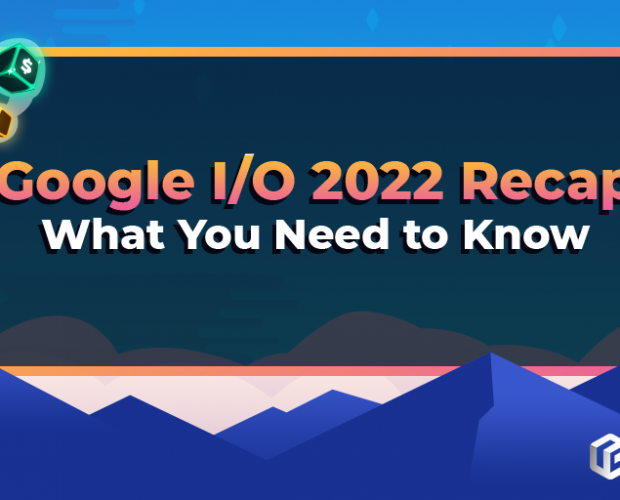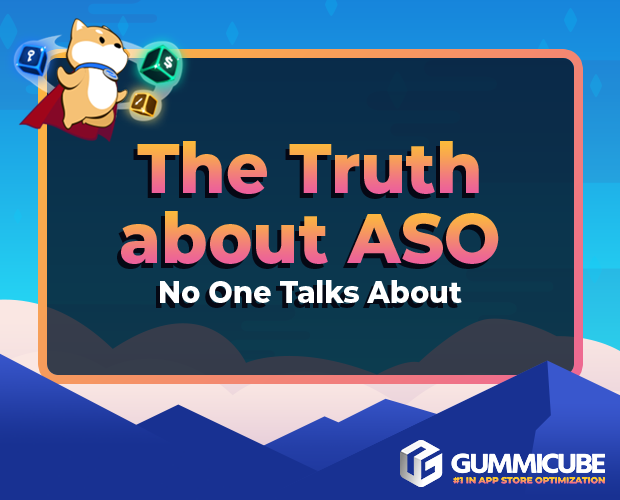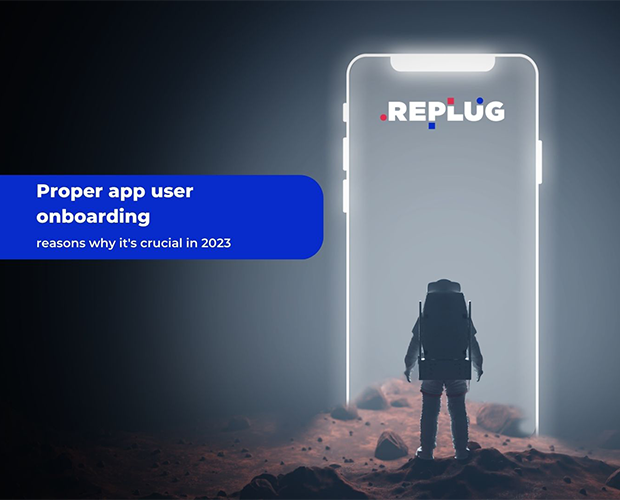Mobile marketing’s holy grail – integrated campaigns that both drive installs and increase user engagement – is finally being conquered, as brand marketing and performance marketing merge into a new reality of ‘brandformance’, argues Cheetah Ad Platform's Cristina Constandanche.
 Econsultancy recently praised a three-week campaign from Dutch airline KLM, which offered an incentive of free airport lounge access to anyone using their mobile booking engine. Marketed mostly through mobile banners and social media, along with some search engine advertising and newsletter promotion, the campaign resulted in 34 per cent more bookings and 38 per cent more mobile revenue in three targeted countries: the UK, Netherlands and Germany.
Econsultancy recently praised a three-week campaign from Dutch airline KLM, which offered an incentive of free airport lounge access to anyone using their mobile booking engine. Marketed mostly through mobile banners and social media, along with some search engine advertising and newsletter promotion, the campaign resulted in 34 per cent more bookings and 38 per cent more mobile revenue in three targeted countries: the UK, Netherlands and Germany.
Econsultancy also cited Argos, the venerable catalogue and brick-and-mortar retailer, whose marketing push was three years long. Their results? Over 3.5m downloads on iPhones, iPads and Android devices – plus a 60 per cent increase in pay-per-click (PPC) revenue.
Major consumer advertisers are seeing the importance of mobile as a powerful branding tool – even to the point of creating mobile games. At the same time, app and game developers are now leveraging video and other brand advertising formats to engage, convert and retain consumers.
Why is this happening?
Both app developers and major brand advertisers are recognising the importance of making the right impression from the first impression. Thus, the app world is moving from cost-per-install (CPI) to both cost-per-click (CPC) and cost-per-thousand (CPM). The focus is moving towards the entire customer journey: from install through repeat visits to purchase.
The convergence elements of the brandformance experience encompasses everything from social media, where Twitter now allows advertising that drives both installs and engagement, to TV where game developers and apps like Uber have been making major ad buys to drive both installs and repeat usage.
As brands and apps converge in the form of brand-specific apps – like those developed by KLM and Argos – there’s a concurrent increase in social sharing, product discovery and purchase intent.
Brands are moving to mobile for a number of reasons:
- That’s where their consumers are a great deal of the time. The latest Ofcom statistics, released in early August, show that Britons now spend an average of two hours a day on mobile devices, twice as much as they spend on laptops and PCs.
- Unlike with TV advertising, they can use real-time analytics to be with users all the time.
- Unlike the internet, their video ads get a full-screen format like traditional TV.
Meanwhile, TV is still a great medium for mass branding, so apps go there to be discovered. Turn on your telly, and you’re likely to see Ronda Rousey matching up against Taichi Panda. Turn on your mobile, and you might see an advert for Unilever’s Dove lotion or Coca-Cola — brands you are accustomed to seeing on the London Underground.
Yes, it’s a new topsy-turvy world where everything seems to be upside down. A world where brand marketing and performance marketing work together across media. And the holy grail isn’t so elusive after all.
Cristina Constandanche is VP business partnerships, Americas & EMEA, at Cheetah Ad Platform







